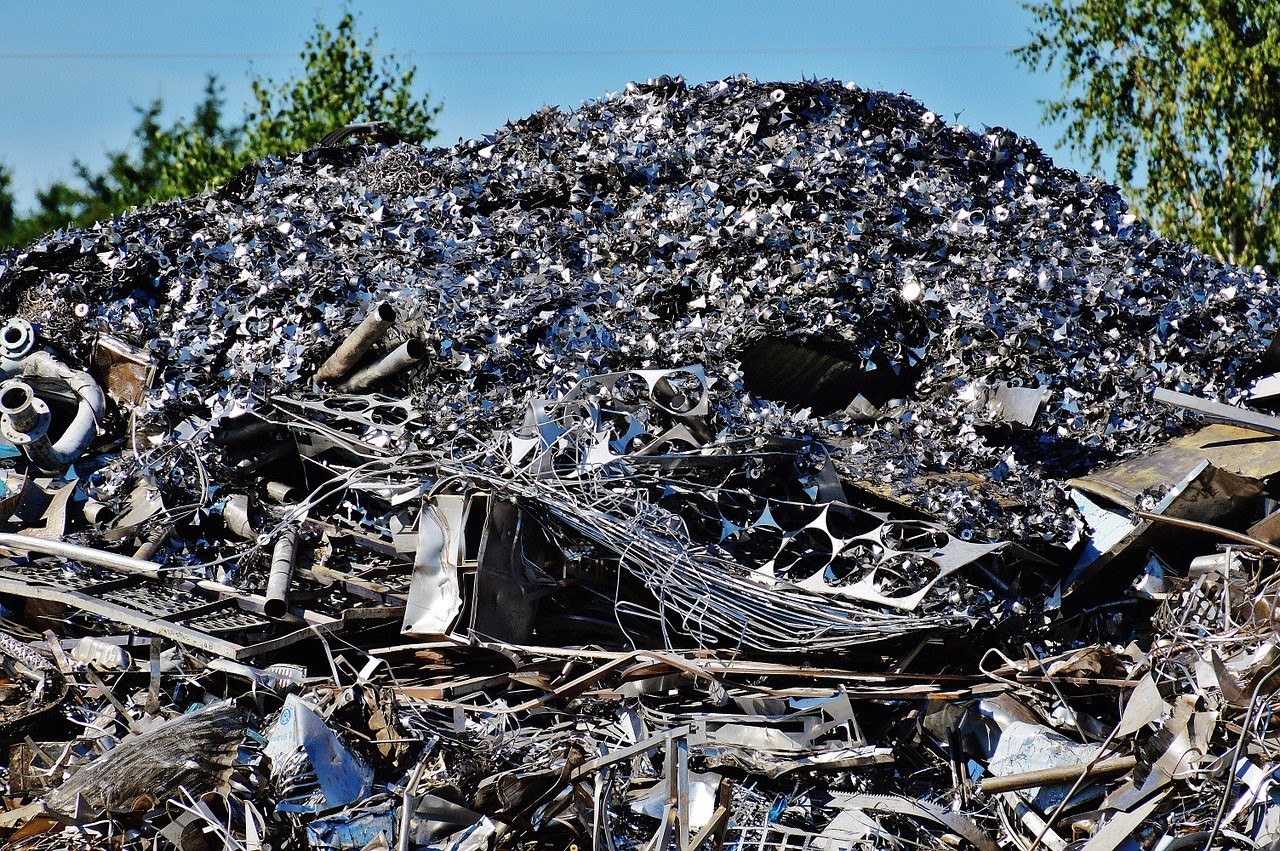How to Reduce Scrap Metal in Manufacturing Processes

Scrap metal is unavoidable in any manufacturing process, but it is also a costly part of it. Sure, most scrap metal is recyclable, but to make it into a new piece, the factory needs to invest in more labor time and an entirely new manufacturing process. Reducing scrap metal is crucial for creating a lean and cost-effective manufacturing process.
Before we dive into the details, let’s clear some things out. Scrap metal mostly refers to metal shavings that are left after the manufacturing process. However, scrap metal can also refer to bigger parts that can be recycled afterward. Waste, on the other hand, is metal that can’t be recycled at all, while rework refers to bigger parts that have some damage and can be repaired.
1. Use Automized Manufacturing Process
There are several ways to reduce scrap metal, as well as waste and rework in the manufacturing process. The most obvious one is minimizing human error. The obvious way to do that is by continually training the employees to new manufacturing techniques. Also, you need to make sure that the employees get a proper rest.
The best way to minimize human error is to automatize most of the manufacturing processes. Unlike humans, machines don’t get tired over prolonged periods and can work with tighter tolerances. That said, the software that gives instructions to the tools still needs to be improved continuously with new algorithms, a task that is also done by a human.
2. Optimize the Manufacturing Process Itself
There are numerous advantages of lean manufacturing processes. Minimizing scrap metal, waste, and reworked parts are the most obvious. Optimizing the process depends on the parts produced, but it always starts in the product design phase. Here, engineers need to simulate the manufacturing process and find ways to improve it in every step. After the production starts, it is essential to continually monitor the procedure to see if there are errors or deviations in the process.
3. Manage a Cost-Efficient Way to Recycle the Scrap Metal
As much as the manufacturing process needs managing and optimizing, the same is true for the recycling process. In other words, a separate team should work out the details of the recycling process, including how the scrap metal will be disposed, contained, and reused for the production of other parts.
4. Improve the Management
Obviously, a well-managed manufacturing process produces less scrap metal. However, this is easier said than done. The design and manufacturing teams need to communicate often to minimize scrap and waste, especially when changes to the parts or the manufacturing process are introduced. The recycled-parts team should also be included in the communication, especially when it comes to choosing the right metal for the job.

 Tech Steel & Materials
Tech Steel & Materials